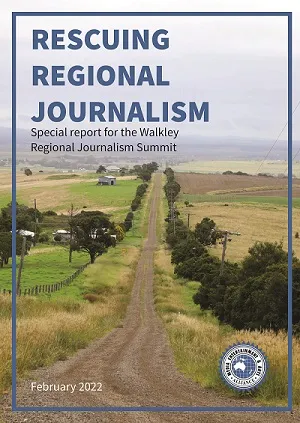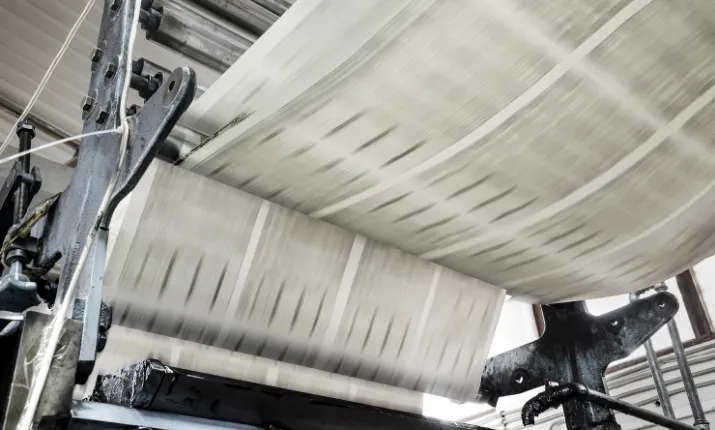Former Fairfax journalist Benjamin Millar on the challenges for suburban journalists

The debate around the future of journalism in Australia has only increased since the Covid-19 pandemic, with a raft of austerity measures impacting even the biggest media publications.
Reuters institute estimated that in 2020 alone, 150 news titles in Australia ceased or dramatically limited their production. News Corp Australia – the largest media group in the nation – lead this reduction with 112 printed mastheads in suburban and regional areas being discontinued.
This collapse of the industry isn’t just seen at the top. The lifeblood of media companies – journalists – are feeling the impact of this industry wide reduction.
And it is in regional and suburban Australia where the collapse of media outlets is felt most heavily.
The ramifications of the collapse of regional and suburban media, which results in a swathe of journalists leaving the profession, impacts more that the industry itself.
A report commissioned by the Media, Entertainment and Arts Alliance (MEAA), highlights the importance of journalism and news that the larger, city-based newspapers do not cover:
“Local newspapers, websites and broadcast outlets are the heartbeats of communities in regional and rural Australia… they serve a vital role in democracy by holding those in power to account and giving a voice to everyone, no matter how small their community.”
The report surveyed almost 200 regional journalists working for various media companies throughout the country. It revealed a cohort of workers who felt overworked, underpaid, and pessimistic and about their futures in the industry.

One respondent to the survey – a Queensland broadcast journalist – highlighted this discontent.
“I don’t think it’s sustainable when you aren’t being paid for hours worked or even given TOIL for hours worked,” he said.
Benjamin Millar was a senior journalist in Melbourne, combining work for The Age with Fairfax’s community newspapers. Having left the industry in 2021, his experience mirrors much of the discontent highlighted by the MEAA.
He believes that the Covid-19 pandemic accelerated an already struggling industry.
When businesses themselves struggled to stay afloat, advertising is an expense that can often no longer be justified – especially when people were unable to physically access them during lockdowns.
As such, the lifeblood of many small papers – advertising – disappeared. And so have the papers themselves.
For journalists themselves, Mr Millar is realistic. At the commencement of a journalist’s foray into the industry, finances aren’t a major concern.
“It’s a situation [financially] where at the start of your career, because it is a competitive field, it is not a necessarily major impediment,” he said.
However, opportunities are continually diminishing for regional journalism, which only hinders people’s desire to become financially independent, especially as they become more experienced.
“[When you are older] there’s very few opportunities, certainly in terms of suburban [and/or] regional etc where you could really have a sustainable, long-term career.”
Mr Millar’s financial disconnect around suburban and regional journalism is supported in the MEAA report.
It found that only one third of regional journalists received an annual wage between $50’000 and $75’000. 44 per cent received less than $50’000 per annum.
This despite the average wage of journalism in Australia sitting above $90’000.
Benjamin Millar left the industry to move into a communications role. He argues that when “there are opportunities in comms[sic] getting dangled in front of you and your skills are very valuable” the decision isn’t hard.
In a country as vast as Australia, the lifeblood of communities is supported by regional newspapers. With journalists in record numbers (the MEAA believes 5000 have left the industry in the last decade), the ultimate loser is the very citizens that the media is meant to serve.
Featured Image: Photograph is Newspapers being printed on rolls of paper by Zefart, taken from Shutterstock.







